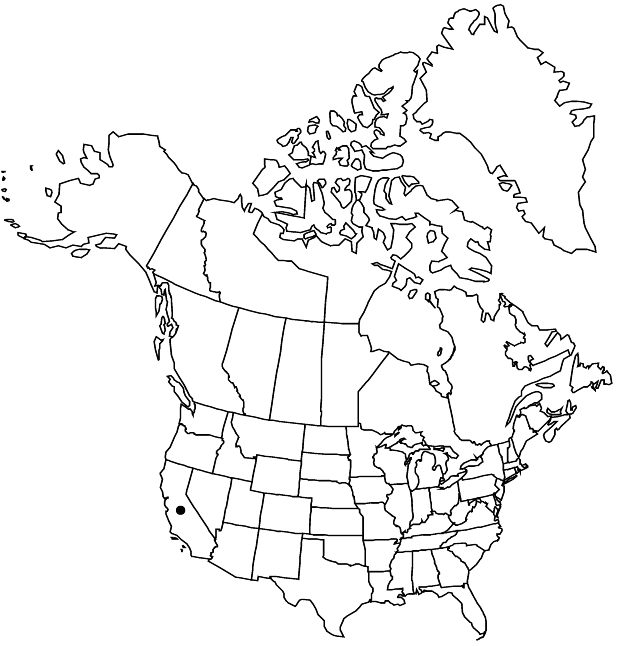familyEricaceae
subfamilyEricaceae subfam. Arbutoideae
genusArctostaphylos
speciesArctostaphylos bakeri
subspeciesArctostaphylos bakeri subsp. bakeri
Difference between revisions of "Arctostaphylos bakeri subsp. bakeri"
Common names: Baker’s manzanita
Treatment appears in FNA Volume 8. Treatment on page 439.
FNA>Volume Importer |
FNA>Volume Importer |
||
| Line 45: | Line 45: | ||
|publication year= | |publication year= | ||
|special status= | |special status= | ||
| − | |source xml=https://jpend@bitbucket.org/aafc-mbb/fna-data-curation.git/src/ | + | |source xml=https://jpend@bitbucket.org/aafc-mbb/fna-data-curation.git/src/8f726806613d60c220dc4493de13607dd3150896/coarse_grained_fna_xml/V8/V8_855.xml |
|subfamily=Ericaceae subfam. Arbutoideae | |subfamily=Ericaceae subfam. Arbutoideae | ||
|genus=Arctostaphylos | |genus=Arctostaphylos | ||
Revision as of 19:09, 18 September 2019
Twigs glandular-hairy. Petioles 3–6 mm, papillate, scabrous, glandular-hairy. Inflorescences: immature inflorescence axis 1–1.5 cm, rachis glandular-hairy; branches ± stout; bracts glandular-hairy. 2n = 52.
Phenology: Flowering winter–early spring.
Habitat: Closed-cone conifer chaparral on serpentine soil
Elevation: 200-300 m
Discussion
Of conservation concern.
Subspecies bakeri is known from the southern outer North Coast Range, near Camp Meeker-Occidental, Sonoma County.
Selected References
None.
Lower Taxa
None.
